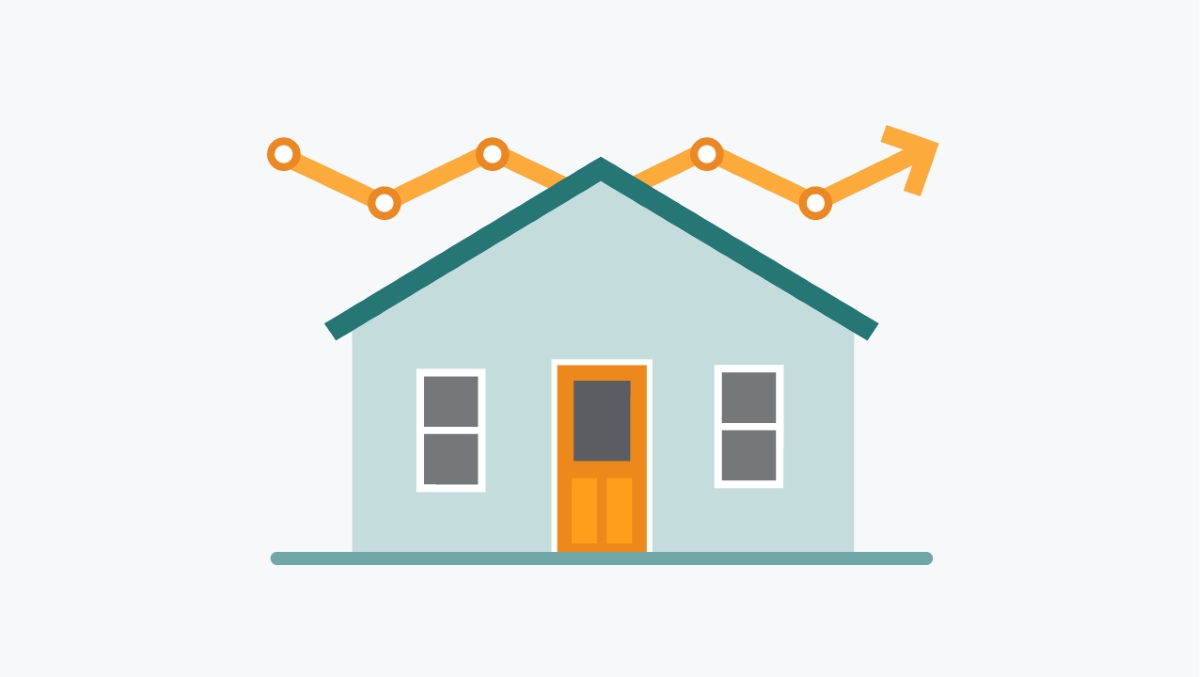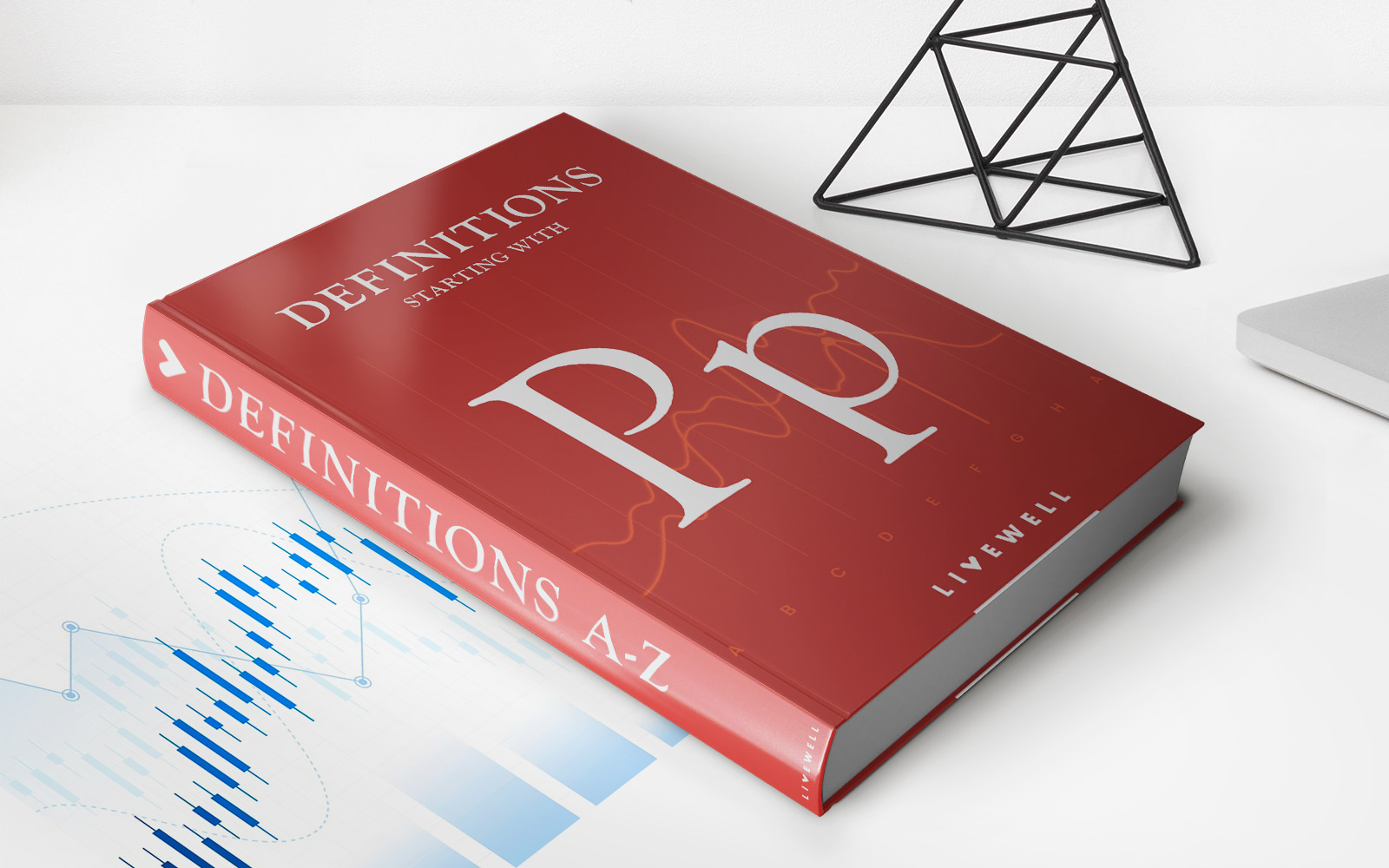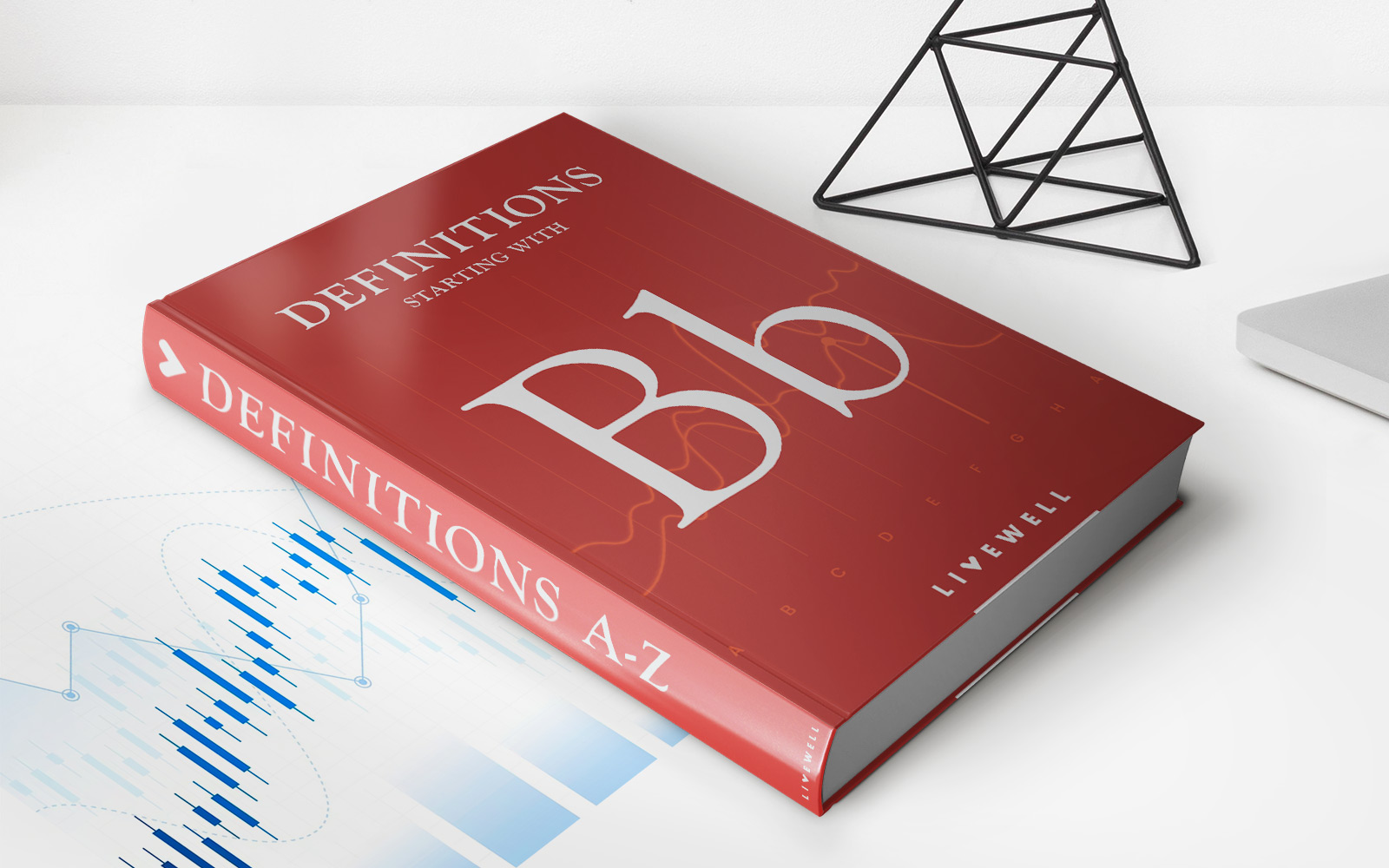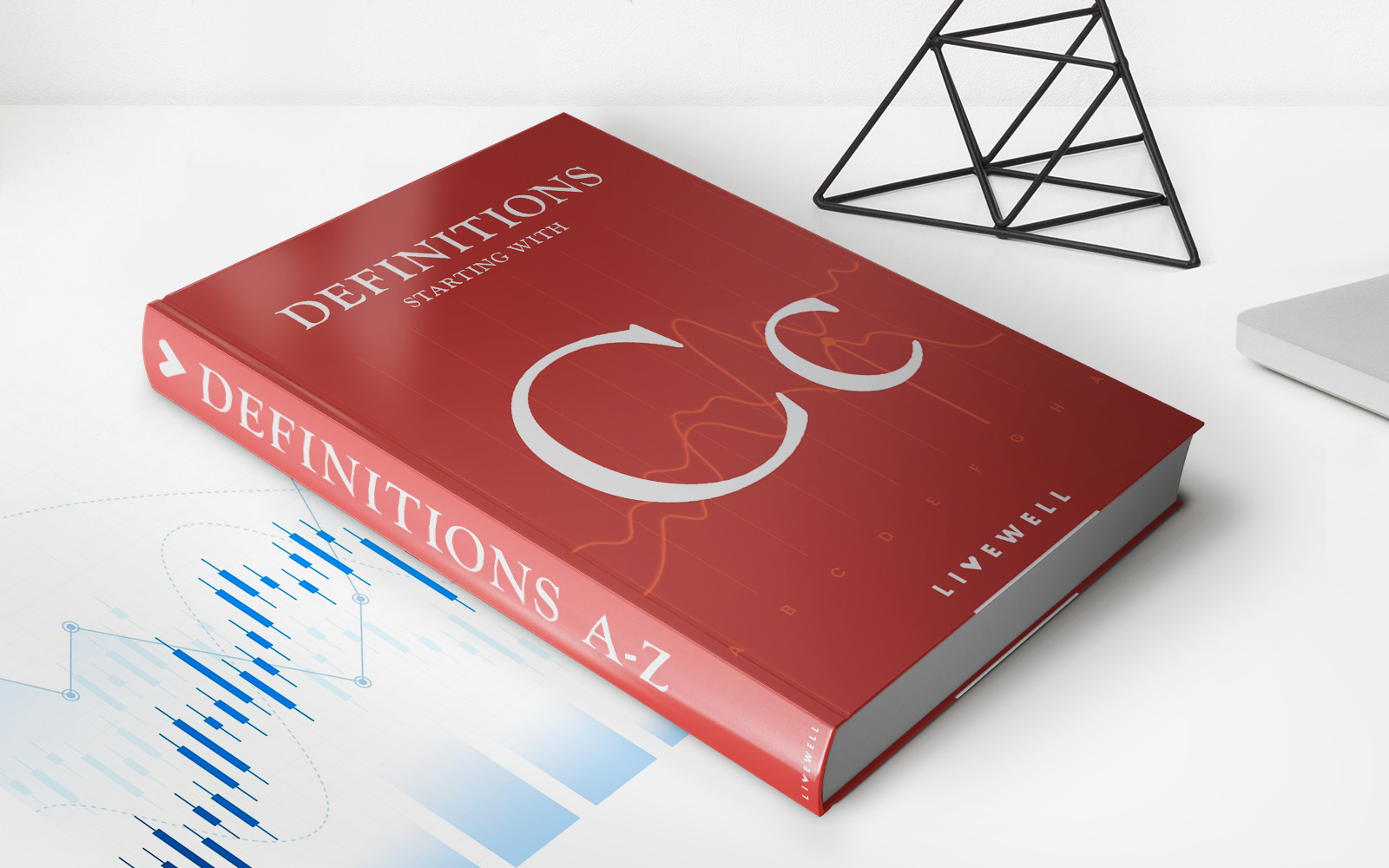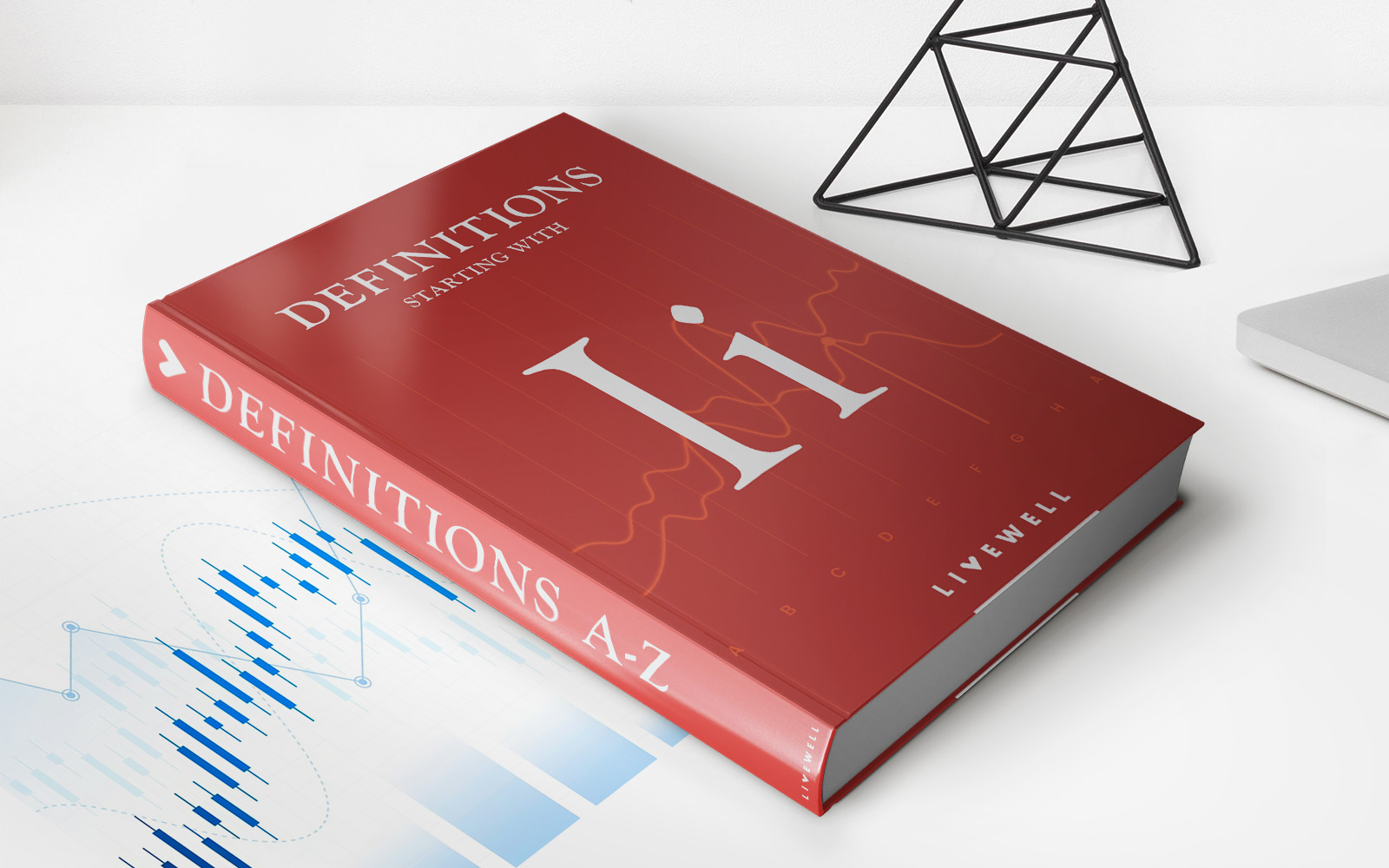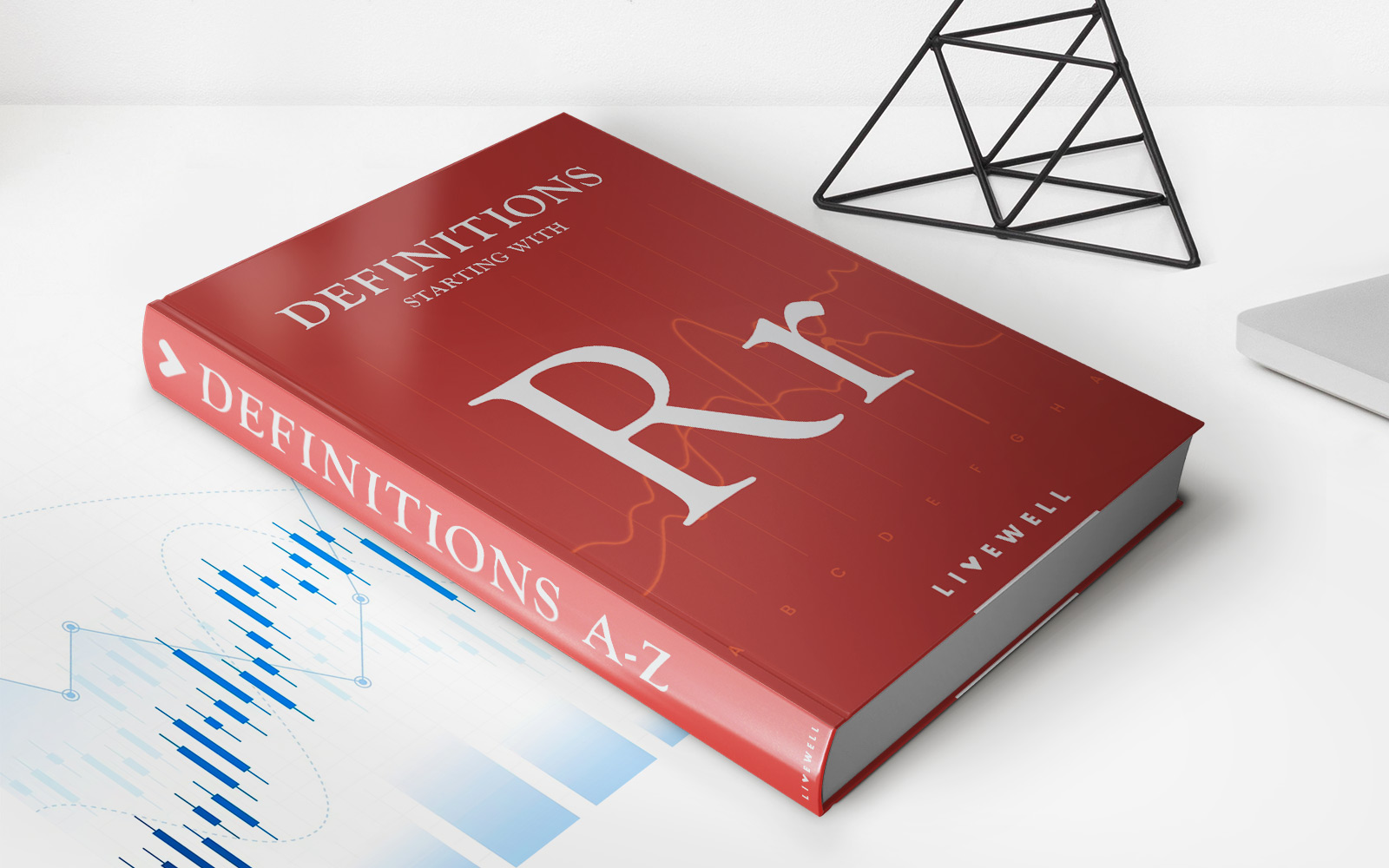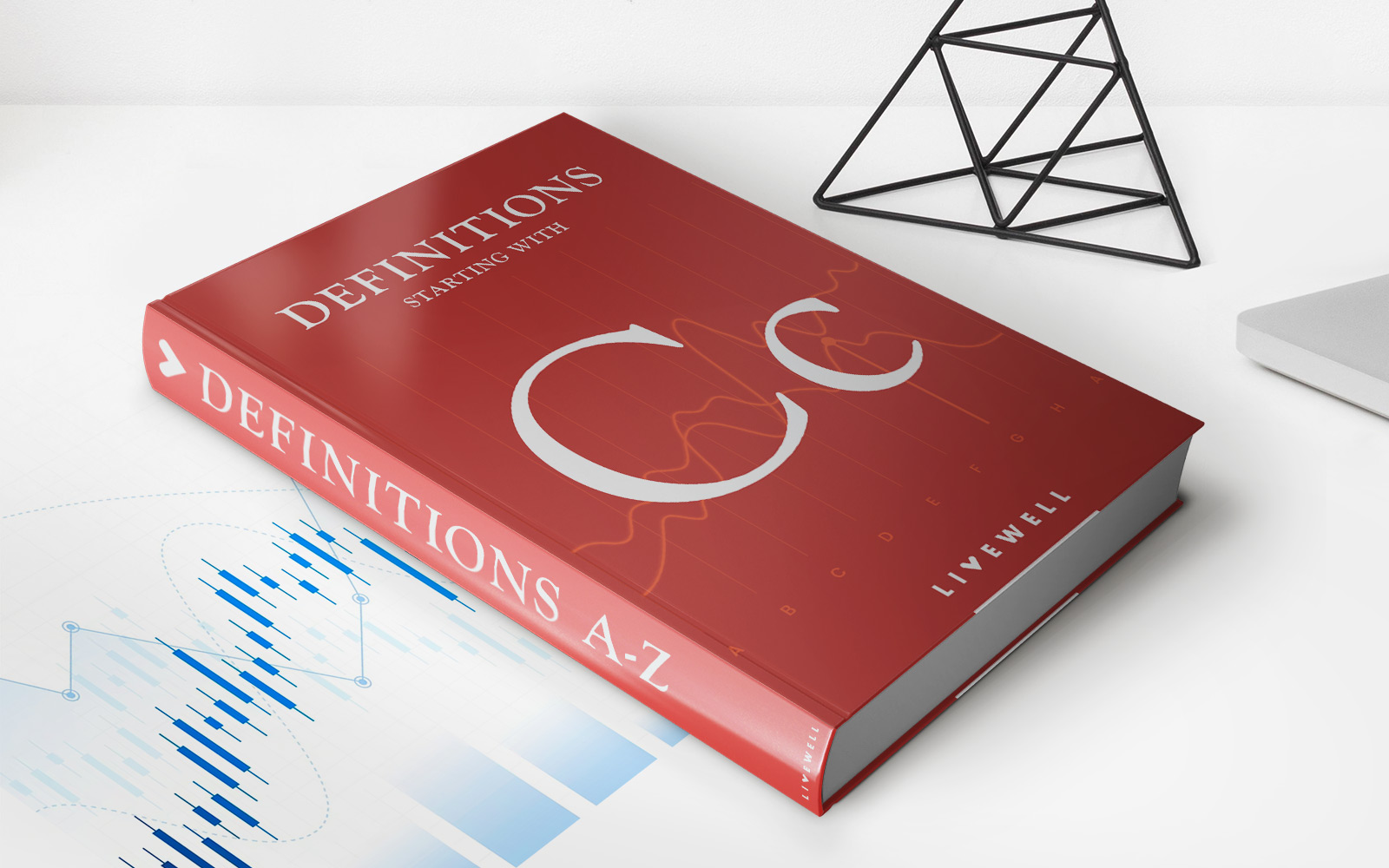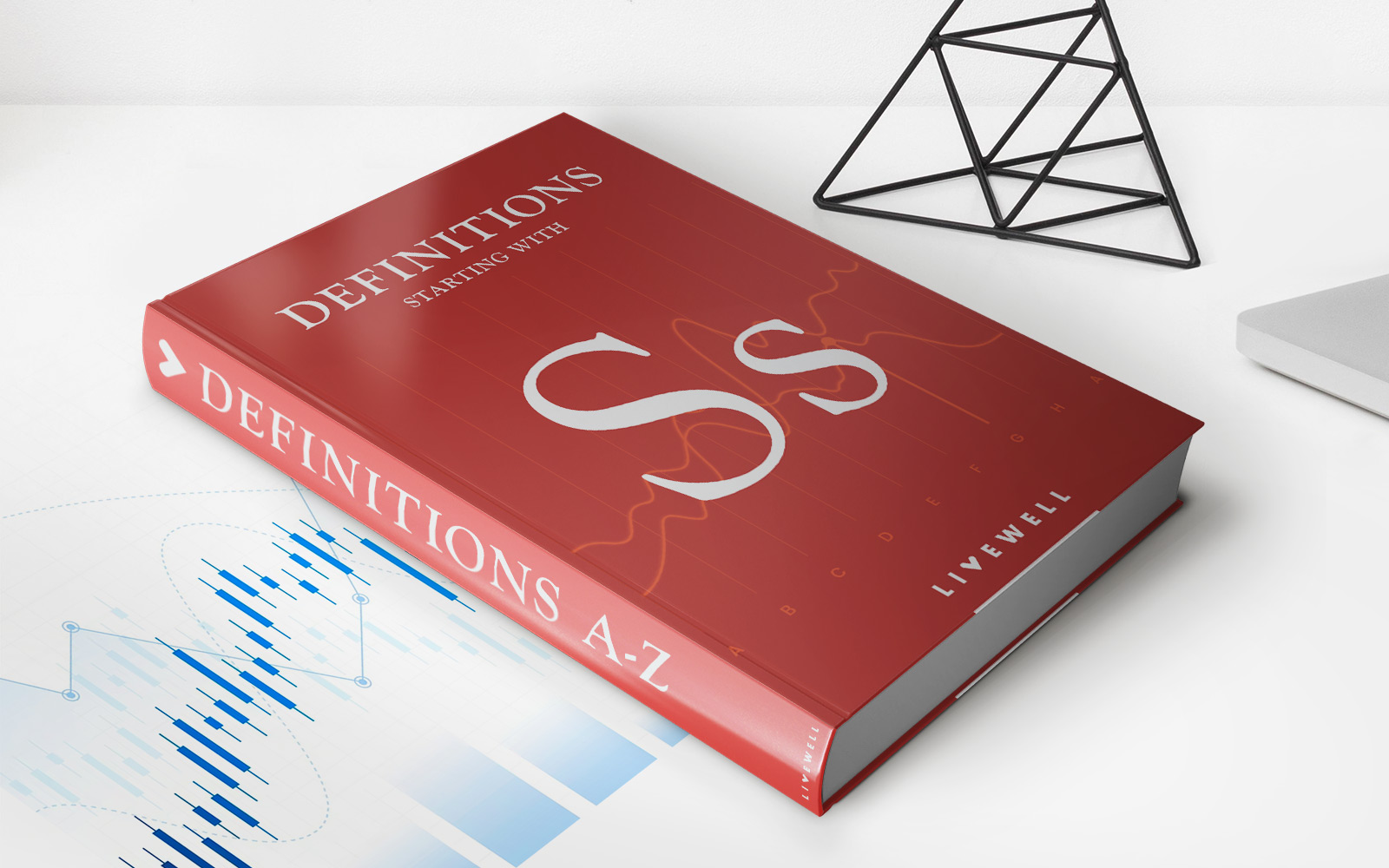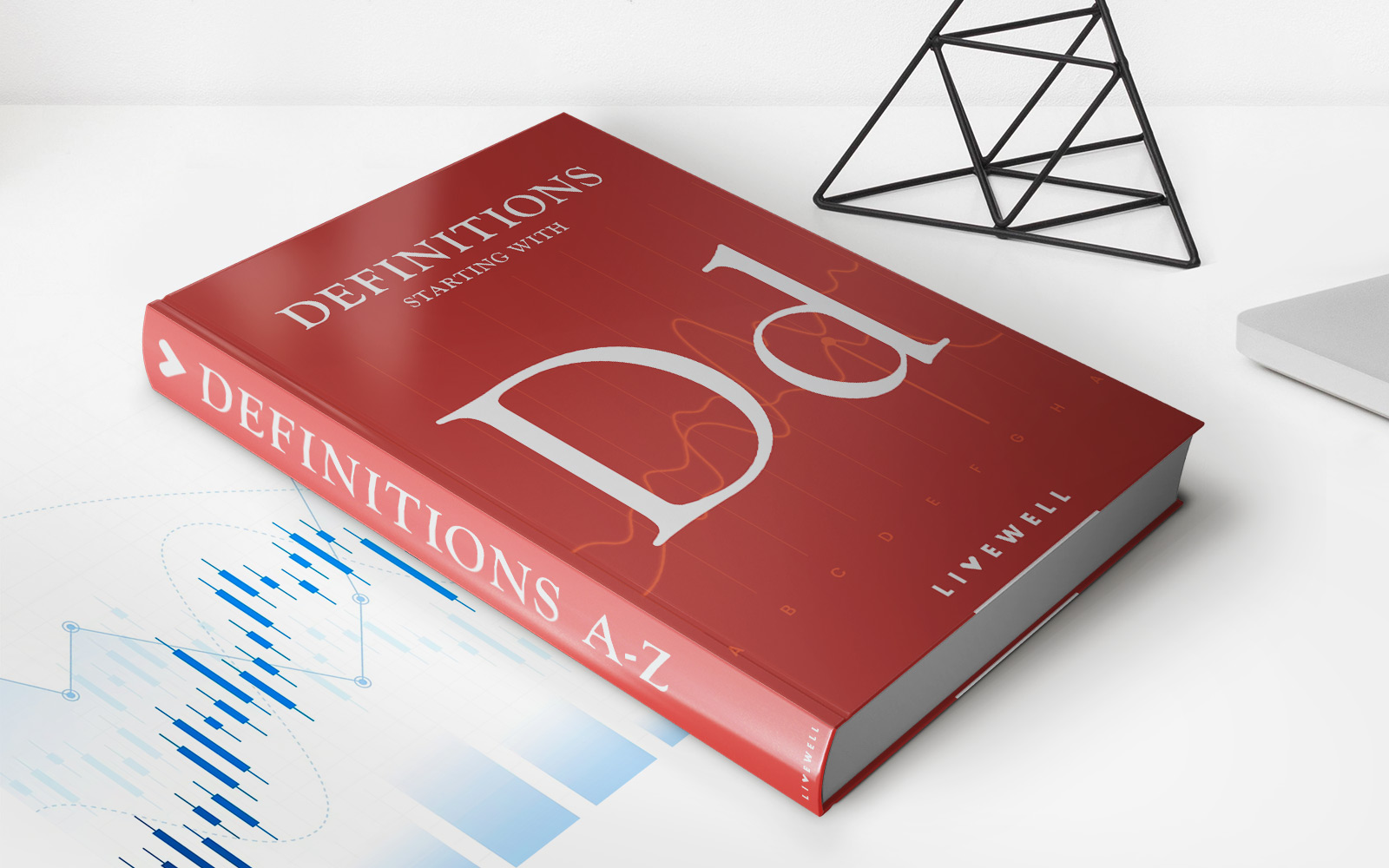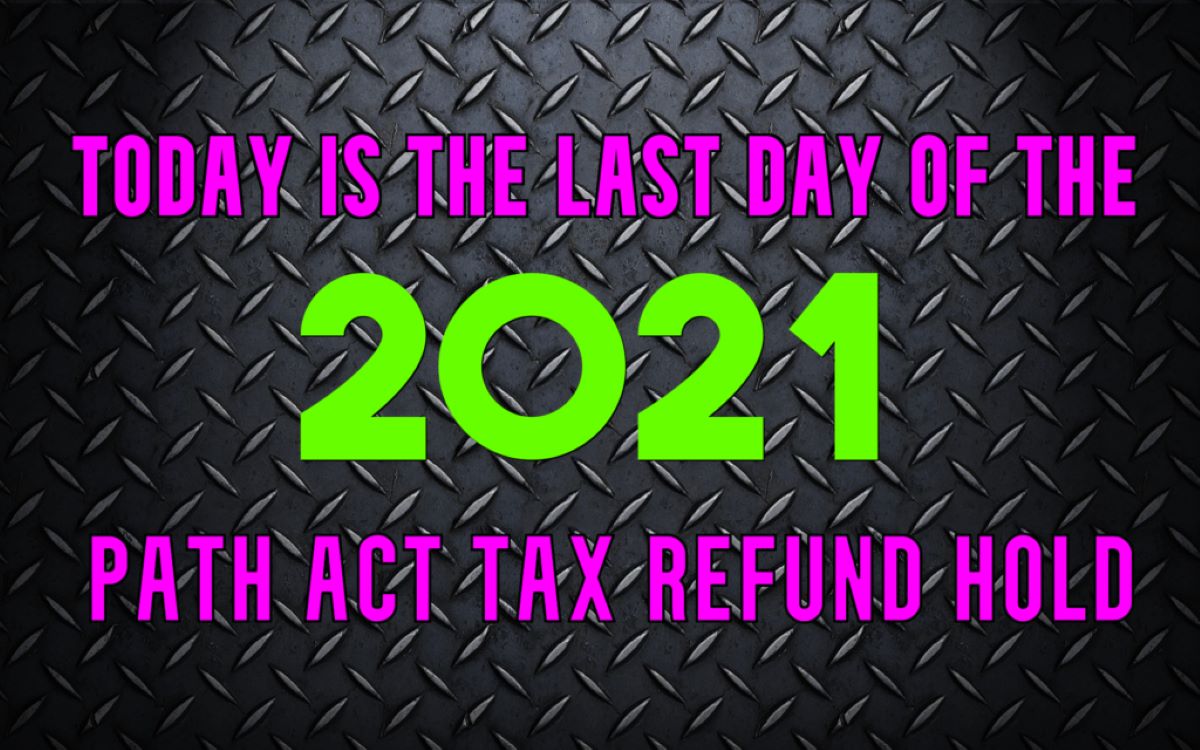Home>Finance>Inferior Good: Definition, Examples, And Role Of Consumer Behavior


Finance
Inferior Good: Definition, Examples, And Role Of Consumer Behavior
Published: December 9, 2023
Learn about the concept and significance of inferior goods in finance. Discover examples and understand their role in consumer behavior.
(Many of the links in this article redirect to a specific reviewed product. Your purchase of these products through affiliate links helps to generate commission for LiveWell, at no extra cost. Learn more)
Inferior Good: Definition, Examples, and Role of Consumer Behavior
Welcome to our blog category on “FINANCE,” where we dive deep into various financial topics to help you make informed decisions. In this post, we’ll be exploring the concept of inferior goods. What are they, how do they impact consumer behavior, and what are some examples? We’ll answer all these questions and more, so let’s dive right in!
Key Takeaways:
- Inferior goods are products whose demand decreases as consumer income increases.
- They are often associated with lower-quality alternatives or necessities.
Before we delve into the concept of inferior goods, it’s worth understanding how consumer behavior can significantly impact the market. One essential aspect is the relationship between income and consumer demand. As people’s income increases, they tend to have more disposable income, allowing them to purchase more goods and services. However, the demand for some goods can decrease as consumers’ income rises, giving birth to the concept of inferior goods.
So, what exactly is an inferior good?
An inferior good is a type of product for which the demand decreases when the consumer’s income increases. While this may seem counterintuitive initially, it can be attributed to various factors, such as changes in preferences, cultural shifts, or availability of higher-quality alternatives. Inferior goods are often associated with lower-quality substitutes or necessary items, where as income increases, consumers prefer to upgrade to better options.
Let’s take a look at some examples of inferior goods:
- Generic Brands: Store brands or generics are often considered inferior goods to name-brand items as they usually offer a more affordable option.
- Public Transportation: When individuals have limited income, they are more likely to rely on public transportation. As their income increases, they might prefer to use personal vehicles instead, considering it as a higher quality option.
- Instant Noodles: Instant noodles are often considered an inferior good. As consumers’ income increases, they may transition to healthier and more nutritious meal options.
- Used Cars: For many consumers, buying a used car is initially seen as a more affordable and practical option compared to investing in a brand new vehicle. As income increases, they may prioritize purchasing a new car instead.
The concept of inferior goods has a significant impact on consumer behavior and market dynamics. Understanding the demand elasticity of goods is crucial for businesses to adapt their marketing strategies accordingly. Market trends and changes in consumer preferences can influence the demand for inferior goods, leading to potential shifts in production and pricing strategies.
In conclusion, inferior goods are fascinating from both an economic and consumer behavior perspective. They highlight the dynamic nature of consumer preferences and the evolving market demands. As consumers’ income increases, they tend to shift away from these goods, opting for higher quality or more desirable alternatives. By acknowledging and understanding the role of inferior goods, businesses can better cater to changing consumer needs, ultimately leading to success in the market.

